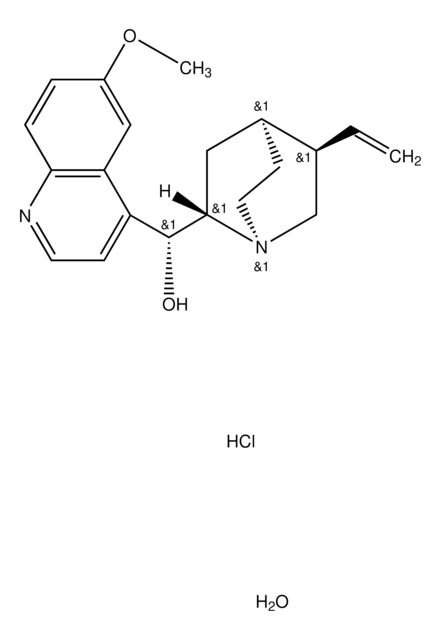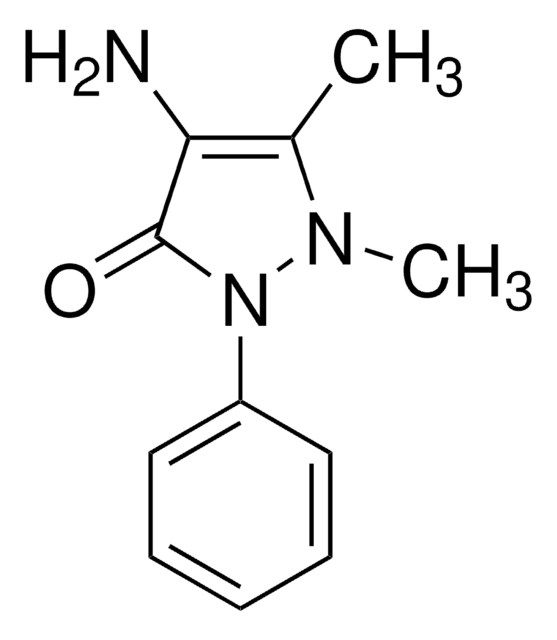31263
Potassium nitrate
puriss. p.a., ACS reagent, reag. ISO, reag. Ph. Eur., ≥99%
About This Item
Recommended Products
grade
ACS reagent
puriss. p.a.
Quality Level
Agency
USP/NF
reag. ISO
reag. Ph. Eur.
Assay
≥99%
form
crystalline
impurities
≤0.001% ammonium (NH4)
≤0.005% water insolubles
pH
5.5-7.5 (20 °C, 5%)
mp
334 °C (lit.)
anion traces
chloride (Cl-): ≤10 mg/kg
iodate (IO3-): ≤5 mg/kg
nitrite (NO2-): ≤10 mg/kg
phosphate (PO43-): ≤5 mg/kg
sulfate (SO42-): ≤20 mg/kg
cation traces
Ca: ≤10 mg/kg
Cu: ≤5 mg/kg
Fe: ≤2 mg/kg
Mg: ≤20 mg/kg
Na: ≤50 mg/kg
Pb: ≤5 mg/kg
Zn: ≤5 mg/kg
heavy metals: ≤5 ppm (by ICP-OES)
SMILES string
[K+].[O-][N+]([O-])=O
InChI
1S/K.NO3/c;2-1(3)4/q+1;-1
InChI key
FGIUAXJPYTZDNR-UHFFFAOYSA-N
Looking for similar products? Visit Product Comparison Guide
General description
Application
- KNO3/Al2O3 is used as a base heterogeneous catalyst in the production of biodiesel via transesterification reaction.
- KNO3/Br2 catalytic system is used for the aerobic oxidations of sulfides and alcohols.
Signal Word
Warning
Hazard Statements
Precautionary Statements
Hazard Classifications
Ox. Sol. 3
Storage Class Code
5.1B - Oxidizing hazardous materials
WGK
WGK 1
Flash Point(F)
Not applicable
Flash Point(C)
Not applicable
Certificates of Analysis (COA)
Search for Certificates of Analysis (COA) by entering the products Lot/Batch Number. Lot and Batch Numbers can be found on a product’s label following the words ‘Lot’ or ‘Batch’.
Already Own This Product?
Find documentation for the products that you have recently purchased in the Document Library.
Customers Also Viewed
Our team of scientists has experience in all areas of research including Life Science, Material Science, Chemical Synthesis, Chromatography, Analytical and many others.
Contact Technical Service









